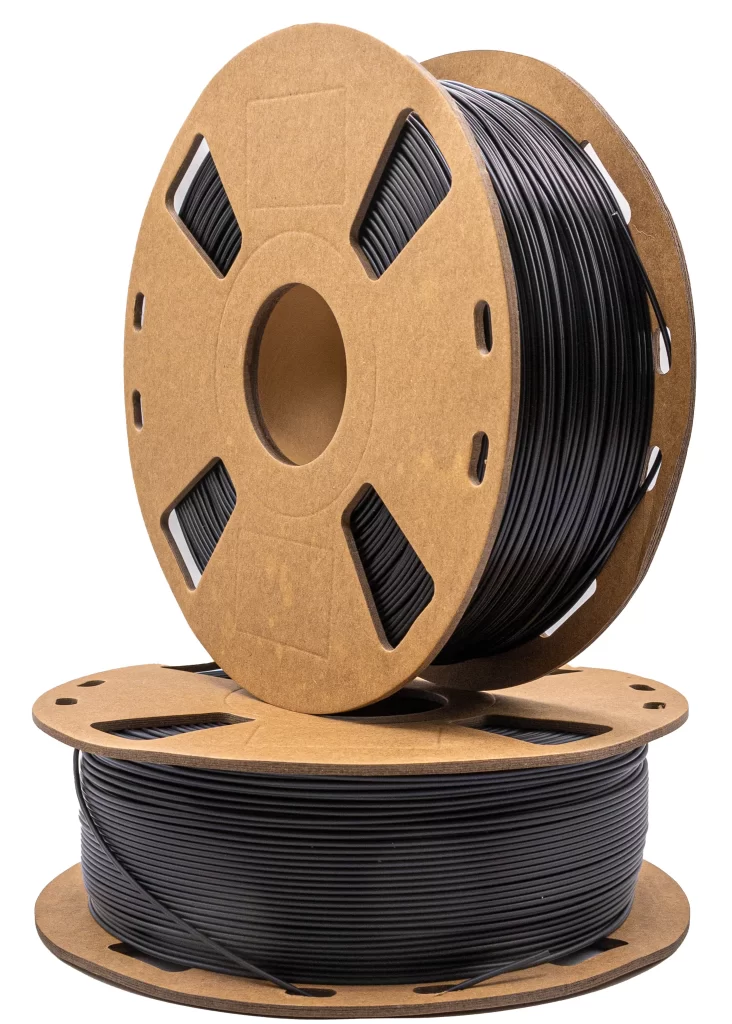In industrial manufacturing, precision is everything. Whether in automotive, aerospace, or electronics, 3D printing has revolutionized the way manufacturers prototype and produce functional components. However, when it comes to conductive filaments, achieving high precision requires more than just standard print settings. Optimizing your printer calibration, material selection, and post-processing techniques can significantly enhance the quality and functionality of your prints. At ABC3D, we specialize in conductive-grade filaments designed to meet the rigorous demands of industrial applications, ensuring high-performance, conductivity, and dimensional accuracy for your projects.

Understanding Conductive Filaments and Their Challenges
Conductive filaments are 3D printing materials infused with carbon, graphene, or metal-based additives, allowing printed components to carry an electrical current. This makes them ideal for sensor housings, custom PCBs, EMI shielding, and IoT devices. However, their unique composition also presents challenges that can impact print quality, conductivity, and structural integrity. Unlike standard PLA or ABS, conductive filaments require optimized print settings and careful handling to ensure the best results.
Key Factors for Achieving Precision with ABC3D’s Conductive Filaments
At ABC3D, our conductive filaments are engineered to provide consistent performance, but fine-tuning your printer settings is essential for getting the most out of them. Here are the key factors that influence precision when printing with conductive materials:
- Printer Calibration and Bed Leveling
A well-calibrated printer is critical for dimensional accuracy and strong layer adhesion. Uneven print beds can cause warping, layer misalignment, or inconsistent conductivity in circuits.
- Ensure your bed is level using an automated bed leveling system or manual adjustments.
- Use an appropriate build surface, such as PEI sheets or glass, to enhance adhesion.
- Check your nozzle height—too high can lead to gaps in conductivity, while too low can cause filament clogging.
- Optimized Print Temperature and Speed
Conductive filaments often have different extrusion properties compared to standard materials. Too low a temperature can reduce layer adhesion and conductivity, while excessive heat may degrade the conductive particles.
- Recommended extrusion temperature: Typically between 220-250°C, depending on the polymer base (ABS, PLA, TPU).
- Printing speed: Conductive filaments require slower speeds (30-40 mm/s) to ensure even material flow and precise layer fusion.
- Layer Height and Line Width Adjustments
For applications requiring high conductivity, the thickness of printed traces matters. The right balance between layer height and line width ensures proper electrical flow and mechanical integrity.
- Lower layer heights (~0.1 mm) improve surface finish but may increase resistance in conductive paths.
- Wider extrusion lines (~0.6 mm or more) can enhance conductivity by increasing contact area.
Post-Processing to Enhance Precision and Conductivity
Even with optimal printing, post-processing techniques can further refine your prints for industrial-grade performance. Here’s how you can improve both mechanical and electrical properties after printing:
- Conductivity Testing: Always use a multimeter to check the resistance of printed conductive paths and adjust future designs accordingly.
- Smoothing and Surface Finishing: For better electronic connections, consider using acetone vapor smoothing (for ABS-based filaments) or gentle sanding to remove inconsistencies.
- Improving Electrical Connections: While conductive filaments allow for embedded circuits, for complex applications, consider using conductive adhesives or low-temperature soldering to enhance connectivity.
Why ABC3D’s Conductive Filaments Are Ideal for Industrial-Grade Precision
Achieving high precision with conductive filaments depends not only on proper settings but also on the quality of the filament itself. At ABC3D, we manufacture high-performance conductive filaments designed specifically for industrial applications. Here’s what makes our products stand out:
- High Conductivity & Low Resistance: Engineered for consistent electrical flow, making them perfect for sensor prototyping, EMI shielding, and embedded circuits.
- Dimensional Stability: Reduced warping and shrinkage, ensuring accurate, repeatable prints for critical industrial components.
- Compatibility with Leading Industrial Printers: Our filaments are designed to work seamlessly with FDM printers used in professional manufacturing.
The Future of High-Precision Printing with Conductive Filaments
With advancements in multi-material 3D printing, AI-driven slicing algorithms, and next-generation conductive materials, the future of industrial 3D printing is evolving rapidly. As industries push toward smart manufacturing and real-time sensor integration, conductive filaments will continue to bridge the gap between prototyping and functional end-use parts.
At ABC3D, we are at the forefront of these innovations, offering best-in-class conductive filaments that empower engineers to develop high-precision, functional prototypes with unmatched reliability. Whether you’re designing custom IoT sensors, automotive components, or PCB replacements, our filaments ensure that you achieve the best possible results.
Ready to Optimize Your Conductive 3D Prints?
Achieving high precision with conductive filaments requires the right material, settings, and expertise—and ABC3D is here to help. Explore our range of industrial-grade conductive filaments today and take your high-precision 3D printing to the next level. Contact us for expert advice and let’s push the boundaries of innovation together!
